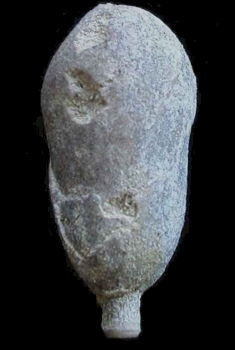 A
A |
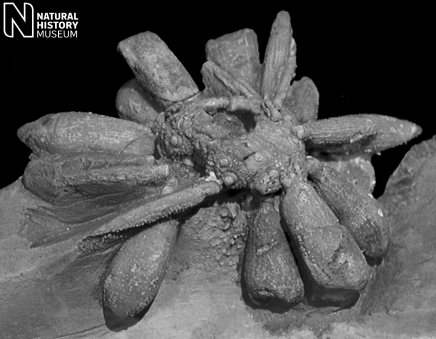 B B |
|
Tylocidaris (Oedematocidaris) asperula (Roemer, 1841) |
A species from the Grey Chalk Subgroup, with distinctive smooth, club-like primary spines. Easily distinguished from the contemporary Tylocidaris velifera, whose spines are well ornamented.
 A
A |
 B B |
1). (A) Primary spine of Tylocidaris asperula (x6.5, Cow Gap, near Eastbourne, Randell Collection, RR0433). (B) Test with articulated spines, adoral surface upwards (x3.0, Lewes, Sussex, BMNH (British Museum (Natural History) London) E82498. Image © 2006 The Natural History Museum, by kind permission.
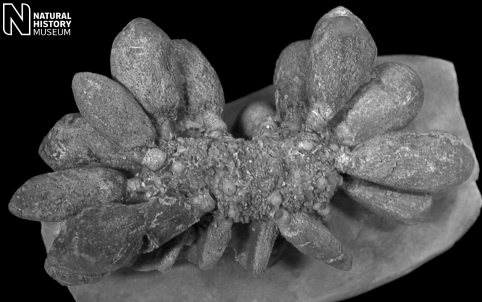
2). Test with articulated spines, adapical surface upwards (x3.0, Lewes, Sussex, BMNH (British Museum (Natural History) London) 76001). Image © 2006 The Natural History Museum, by kind permission.
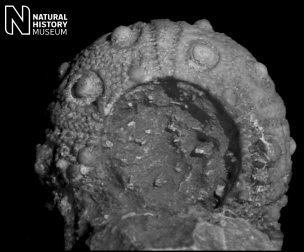 A
A |
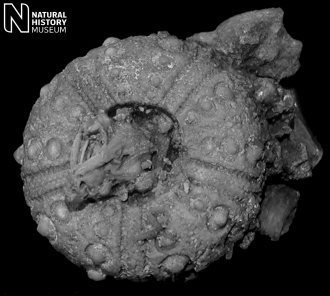 B B |
3). Adapical (A) and adoral (B) views of a test with Aristotle's Lantern (x3.0, Lewes, Sussex, BMNH (British Museum (Natural History) London) E82499). Images © 2006 The Natural History Museum, by kind permission.
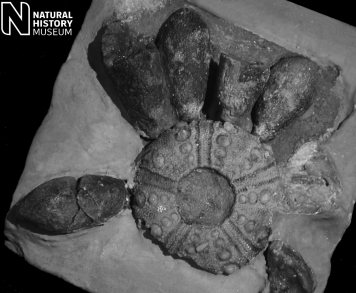 A A |
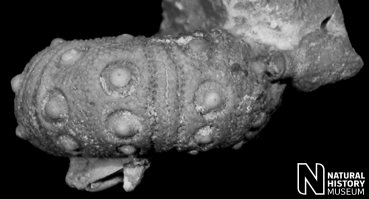 B B |
4). (A) Test with articulated spines, adoral surface upwards (x1.8, Dover, Kent, BMNH (British Museum (Natural History) London) E1957. (B) Lateral (side) view of the a complete test with protruding Aristotle's Lantern (x3.0, Lewes, Sussex, BMNH E82499). Images © 2006 The Natural History Museum, by kind permission.
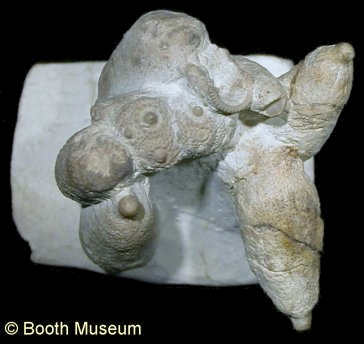 A
A |
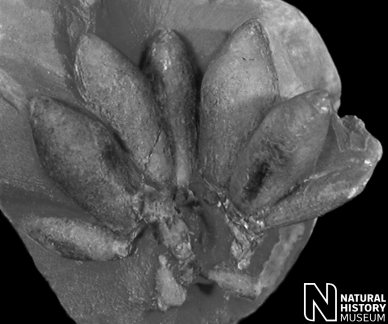 B B |
5). (A) Collapsed test with associated primary spines (x3, Grey Chalk, Dover, Willett Collection, Booth Museum, BMB 007872, by kind permission of John Cooper). (B) views of a test with Aristotle's Lantern (x3.5, Dorking, Surrey, BMNH (British Museum (Natural History) London) E43519). Image (B) © 2006 The Natural History Museum, by kind permission.
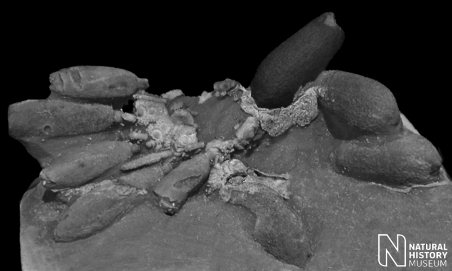
6). Test with articulated spines, adoral surface upwards (x2.5, BMNH (British Museum (Natural History) London) E34103). Image © 2006 The Natural History Museum, by kind permission.